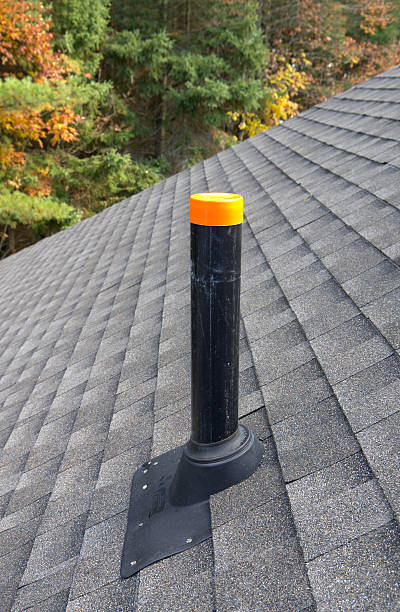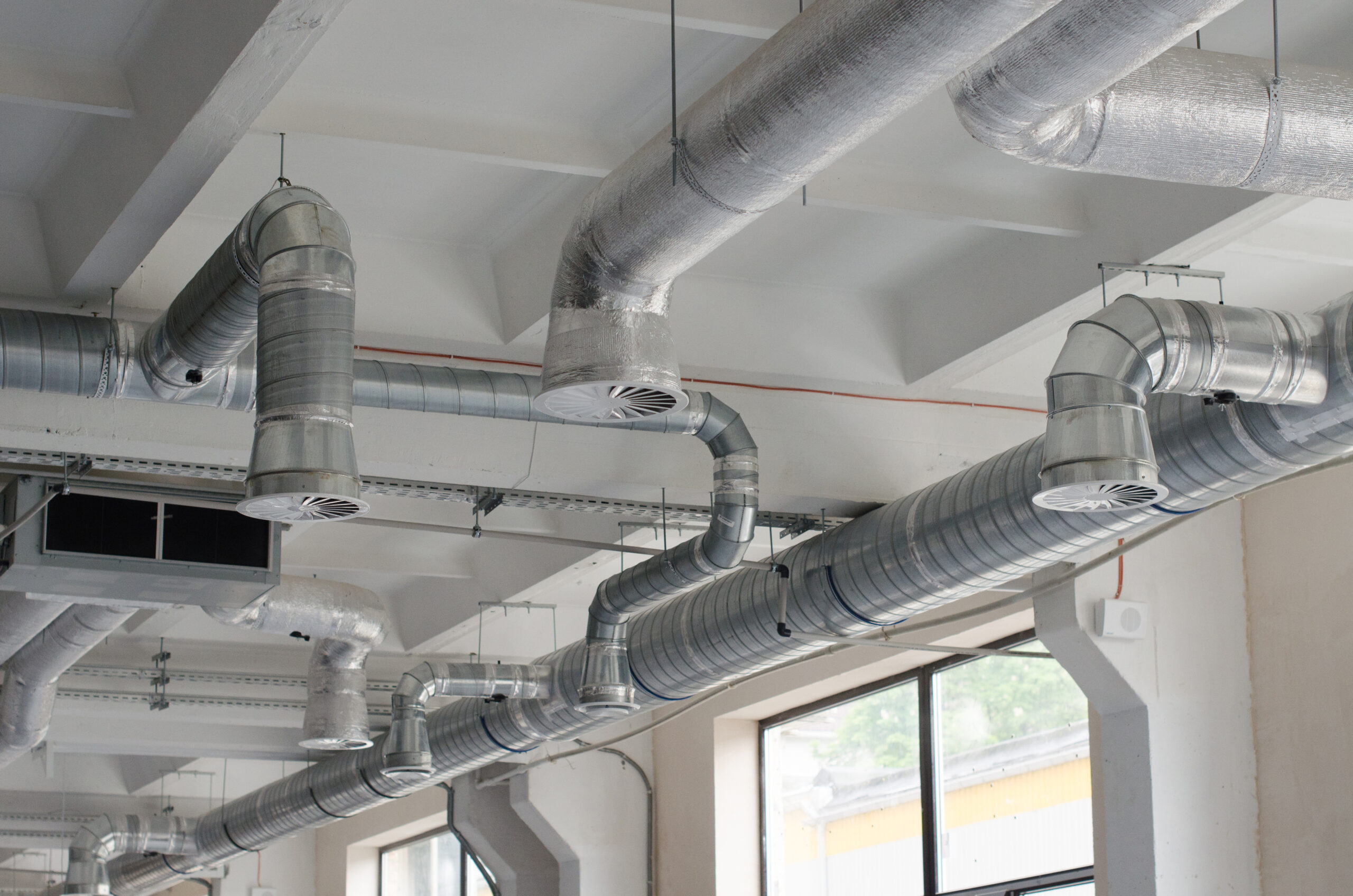We have come across this great article on Essential Plumbing Vent Pipes: Understanding Their Role listed below on the internet and accepted it made sense to quickly share it with you on this page.

Correct ventilation in pipes systems is usually overlooked, yet it is important for preserving the performance and safety of your home's pipes. Air flow helps control atmospheric pressure, protect against the buildup of dangerous gases, and guarantee the reliable elimination of waste. In this guide, we will certainly discover the importance of correct plumbing air flow, just how it functions, and the benefits it gives your plumbing system.
Recognizing Air Flow in Pipes
Ventilation in plumbing refers to the network of pipes that enable air to move via the drain system. These vents offer numerous objectives, consisting of controling air pressure within the pipes, protecting against drain gases from entering the home, and assisting in the smooth flow of wastewater.
Just How Ventilation Works in Plumbing Systems
Air Pressure Regulation
Correct air flow keeps balanced air pressure within the plumbing system. When water flows via pipelines, it displaces air. Without appropriate air flow, this variation can develop adverse pressure, resulting in slow drains or siphoning of water from catches, which can trigger undesirable odors to leak into the home.
Stopping Sewer Gas Accumulation
One of one of the most vital functions of plumbing vents is to avoid sewer gases, such as methane and hydrogen sulfide, from accumulating within the home. These gases can pose serious health risks and are very flammable. Vent pipes permit these gases to get away safely outside.
Aiding in Waste Removal
Ventilation helps in the efficient removal of wastewater by avoiding airlocks in the water drainage system. When air can move easily via the vents, it allows water and waste to flow smoothly via the pipelines, reducing the threat of clogs and backups.
Kinds Of Plumbing Vents
Key Heap Vent
The major stack vent, also referred to as the vent pile, is the primary vent in a pipes system. It extends from the main drainpipe align with the roofing, enabling gases to escape and fresh air to get in the system.
Branch Vent
Branch vents link to the main pile air vent and offer specific fixtures, such as sinks, commodes, and showers. These vents make certain that each component has adequate air flow to work properly.
Air Admittance Valve (AAV).
An Air Admittance Shutoff (AAV) is a one-way valve that allows air to get in the plumbing system without the need for a conventional vent pipeline extending with the roof. AAVs are frequently used in improvements or locations where setting up a common air vent is not practical.
Signs of Poor Ventilation in Plumbing.
Slow Draining Fixtures.
If your sinks, tubs, or bathrooms are draining gradually, maybe a sign of poor air flow. Insufficient air circulation can develop a vacuum cleaner effect, making it hard for water to drain effectively.
Gurgling Seems.
Gurgling noises originating from drains pipes are often an outcome of air being sucked through water traps due to unfavorable pressure in the pipelines. This is a clear indicator of inadequate ventilation.
Undesirable Smells.
Sewage system smells inside your home are a warning that your pipes system is not effectively ventilated. This can indicate that drain gases are not being effectively vented outside, bring about potentially unsafe conditions.
Typical Air Flow Mistakes.
Poor Vent Sizing.
Using undersized air vent pipes can lead to bad air flow and stress inequalities in the system. It's important to make use of vents that satisfy the particular needs of your plumbing system.
Improper Vent Placement.
Putting vents also much from the fixtures they offer can decrease their efficiency. Correct positioning makes sure that air can move openly and successfully via the system.
Disregarding Code Needs.
Building codes give certain standards for plumbing air flow. Neglecting these codes can cause a system that stops working to work correctly and might bring about expensive repair services or health hazards.
Benefits of Appropriate Ventilation.
Boosted System Efficiency.
Effectively aerated pipes systems run a lot more efficiently, with less obstructions, faster draining, and much less pressure on the pipes. This performance prolongs the lifespan of the plumbing system.
Improved Air Quality.
By stopping drain gases from entering your home, appropriate ventilation adds to much better interior air quality, making your living environment healthier and much more comfortable.
Stopping Water Damage.
Ample ventilation helps avoid water from being siphoned out of traps, which can bring about sewage system gases getting in the home and creating water damages with time.
Actions to Make Certain Correct Air Flow.
Consulting Plumbing Codes.
Always speak with local pipes codes when designing or modifying your plumbing system. These codes offer the needed guidelines for proper venting and guarantee your system meets safety requirements.
Normal Examination and Maintenance.
Routine examinations can help determine potential ventilation problems before they come to be major problems. Maintenance jobs, such as cleansing vent pipelines and checking for obstructions, are crucial for maintaining the system in good working order.
Specialist Installment.
For new installations or major modifications, it's smart to work with a professional plumbing professional. They have the knowledge to guarantee the ventilation system is correctly made and installed according to code.
Conclusion.
Correct air flow is an important component of any pipes system, making certain that it operates effectively and securely. By comprehending the relevance of ventilation, acknowledging the signs of bad air flow, and taking actions to keep your system, you can stop costly problems and secure your home's air quality.
4 Things You Should Know About Your Plumbing Vents
What Plumbing Vents Are
Also called a vent stack, a plumbing vent is a vertical pipe attached to your drain line that runs through your roof. The plumbing vent pipe, or plumbing air vent, removes gas and odors from your plumbing system and allows fresh air to enter the pipes, helping the water to flow out of the drain pipes.
What Plumbing Vents Do
Plumbing vents have two basic functions. One of which is to allow unpleasant smelling wastewater and sewer gasses to escape your plumbing system instead of entering your home. Plumbing vent pipes are typically located on roofs, away from windows, to ensure the fumes exit the home completely.
The other function of the plumbing vent is to move fresh air into your plumbing system. This helps move water through every plumbing fixture in your house, like toilets and sink drains. Think of the way in which you need to let a little air into the bottle as you pour soda in order to make the drink flow smoothly.
Different Types of Plumbing Vents
True vent: This is the most common vent option. In simplest terms, a true vent is a vertical pipe attached to your drain line that exits through the roof. They often function as the main vent that other fixtures can connect to. Re-vent pipe or auxiliary vent: Attached to the drain line near specific plumbing fixtures, re-vent pipes run up and over to connect to the main vent. Common vent: Two plumbing fixtures installed on opposite sides of a wall are typically tied into the vent stack using something known as a sanitary cross. Wet vent: This venting option operates as a drain pipe and a vent at the same time. Wet vent drainage systems drain water from one fixture while venting the air from another. Although they’ve been used for over 100 years, wet vent systems have only recently been added to the plumbing code in many areas. If you’re planning on installing one in a bathroom remodel, make sure you check your local code prior to construction. Loop vent: For free-standing fixtures like kitchen island sinks, loop vents are ideal. These vent pipes run under the floor, rise from the P-trap, and create a loop inside the cabinet sink. Air admittance valve: An AAV is a one-way mechanical valve typically installed at the site of the plumbing fixture. AAVs allow venting to occur without having to tie into a larger venting system. They’re ideal for venting fixtures where you aren’t able to easily connect to an existing vent system. Common Plumbing Vent Issues
Although vent pipes typically don’t have water flowing through them, they’re still subject to many typical plumbing issues. For example, clogs are one of the most common problems associated with sewer vent pipes. If your vent pipe gets clogged, all of your plumbing fixtures tied into the vent stack will be affected.
A sink with a slow drain that bubbles and gurgles or a strong sewage smell around your toilet are both indicators that your toilet vent pipe is clogged. Because most vent pipes exit through the roof, old leaves, twigs or even a bird’s nest could be clogging the pipe.
Clogs in your vent pipe system cause a buildup of negative pressure, meaning that water won’t be able to flow out of your home very well. It’s similar to putting your finger over the opening of a straw to trap water inside. When you remove your finger, the water is able to flow out of the straw.
If you suspect you have any blockage in your vent, make sure you have a professional come examine the situation. Left unchecked, a blocked air vent can lead to other costly repairs, like leaks and sediment buildup.
Under Pressure
Pipe vents are essential aspects of a home’s plumbing system. Owning a home means learning about all sorts of things you never put much thought into before. But by understanding as much as you can about the important systems of your home, you can keep those budgets intact and those anxiety levels low.
https://www.homeserve.com/en-us/blog/home-improvement/plumbing-vents/

Do you appreciate more info about The Upsides of Proper Ventilation in Plumbing Design? Create a remark below. We would be happy to know your feelings about this blog posting. Hoping that you come back again later on. Make sure you set aside a second to share this blog entry if you appreciated it. Many thanks for your time invested reading it.
Call Today